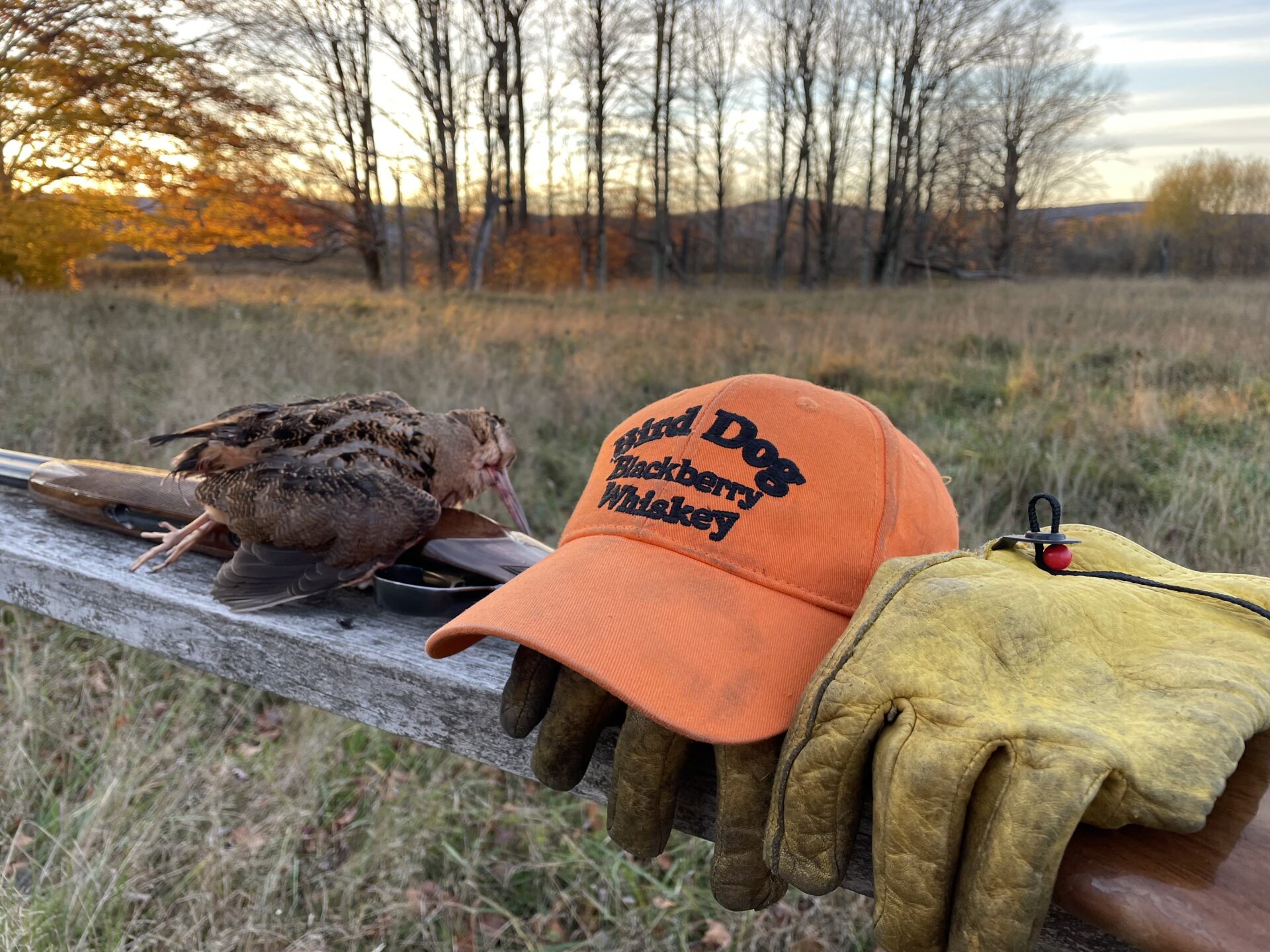You might not have heard the name woodcock or timberdoodle unless you are over 50 but you might have noticed a bird that makes an odd whistling sound when flushed during a deer drive. If hunter reports are accurate, the bird that makes this sound, the American woodcock, is experiencing an uptick in population numbers not seen in recent times.
In the last century, woodcock were abundant because many thousands of acres of young forest existed across their range. But many of those acres have grown to become mature forest, where woodcock rarely venture. Urban and suburban development and clean farming practices have destroyed other acres once used by woodcock. Today we suppress fire, a natural force that in times past periodically created vast areas of regrowing young trees. Also, many people today react negatively to heavy timber cutting, which once yielded a continual supply of young-forest acres.
All these factors add up and until recently, woodcock were less and less common in the woods around the Commonwealth. In fact, government data has not even caught up quite yet with what appears to be two years of noticeable increases. Regardless of what federal wildlife managers say, Virginia hunters know there are more of these odd-looking birds in the woods than there have been in a long time.
So what exactly is a woodcock? Well, it’s probably the most forgotten of upland bird by Virginia hunters. It’s a small, brown bird (about the size of a dove) with a long, slightly curved bill and eyes that google out on each side of its head. When flushed, hollow feathers make that distinctive whistling noise hunters hear. They usually don’t fly far either – 30-40 yards.
Woodcock eat mostly worms. They use their long beaks to probe into soft, moist soil to find these tasty morsels. Consequently, you find them in wet woods. Mountains, Piedmont and coastal plain habitats all attract these migratory birds. As long as they have young forest, soft soil and worms, they can be happy.
Though state game biologists are unsure if we are seeing an increase in resident birds or migratory visitors they are cautiously optimistic about the perceived increase. Several Virginia Wildlife Management Areas (WMA) offer good woodcock hunting including Chickahominy WMA, Amelia WMA and the Mattaponi WMA.
Woodcock Hunting Tips
Three things should be paid careful attention to when hunting for woodcock; 1) Locating proper habitat, 2) locating sign of woodcock in this habitat and 3)using the right equipment to succeed.
Iնe given you three great places to find woodcock so #1 is covered.
As far as #2, you need to look carefully for ңhalkӬ the white droppings of woodcock that are found on the ground in the areas they inhabit. These areas typically feature wet ground where earthworms abound. Woodcock also like protection from airborne predators so under some kind of shrub, bush, briar patch or small tree is where youլl find them.
Using the right equipment is fairly simple. Youլl need a 20 ga. shotgun, preferable an over-and-under with a modified choke on one barrel and an improved on the other. Dove shot or #8 lead shot is fine for woodcock A hunting vest or jacket with a large portion of it in blaze orange is critically important as is a blaze orange cap. While a pointing dog is not necessary, they do make the hunt much more predictable.



